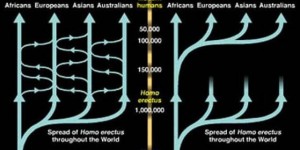It is with great pleasure that I write my first editorial for The Post Hole, despite Issue 55 being published in both extraordinary and unprecedented times. I would like to extend my best wishes to our readers and contributors. Furthermore, I am aware that this is a period of uncertainty, and I would like to offer my regards to the dedicated members of The Post Hole team; without whom Issue 55 could not have been possible. In this academic year, the team at The Post Hole has moved from strength to strength. A highlight of which has been Pints and Postholes, made possible through the hard work of Bryony Moss and the ArchSoc team at the University of York. I would also like to extend a huge thank you to the authors who feature in this Issue. Their work has provided the team and I with an extensive range of topics, many of which I would otherwise not have had the pleasure to encounter.
Ancient DNA (aDNA) is endlessly fascinating. The study of aDNA is extensive, and therefore I shall only provide a brief discussion within this editorial. aDNA has allowed the transformation of archaeological narratives, which has now developed into a ‘revolutionary scientific field in the study of human beings’ (Lalueza-Fox 2017, 1). The discipline has transformed since the initial studies of Higuchi et al. (1984) and Pääbo (1985). Through various technological changes, more specific questions can now be asked. For example, some studies have suggested that Neanderthal variants have influenced modern human phenotypic traits. These traits include the expression of skin colour, the risk of nicotine addiction, the presence of red hair, and immunological qualities (Simonti et al. 2016, 737; Akst 2019, 1, Dannemann, Andrés and Kelso 2016, 22; Lalueza-Fox 2007, 1453).
Furthermore, when many Europeans and Asians have ~1.5-4% Neanderthal DNA from the admixture ~50,000 years ago (Simonti et al. 2016, 737), aDNA has allowed us to question what it truly means to be human (Papagianni and Morse 2013, 9). However, many issues arise when using aDNA to understand the past such as: the high risk of degradation in warmer environments (e.g. Africa), contamination, and the minor destruction of archaeological material (Mitchell, Willerslev and Hansen 2005, 265). Therefore, my editor’s Choice for this issue is the work of Alfie Talks titled Origins and migrations: how aDNA analysis is not necessarily the answer. Talks provides an eloquent review of the frequent issues that can be encountered in studying aDNA, moving from the issue of gene flow and mtDNA to an engaging discussion on the rate of mutations in the Y chromosome. If we are to fully understand the limitations of our methods, scientific reviews such as this are crucial within the field of archaeology.
Issue 55 of The Post Hole displays a wide array of archaeological interest. Ian Noble (University of York) conducts a statistical analysis, providing an insight into the relationship between disease and socio-economic status; Megan Schlanker (University of York), presents a critical review of the variety of archaeological techniques utilised by Danish Museums, followed by a discussion of the issues within Palaeoradiological research; James Osborne (University of York) analyses the realities of reintroduction of extinct species to the UK; and Charley Porter investigates the impact of social status and health within the context of the industrial revolution.
Issue 55 has been a pleasure to compile, and we are now accepting submissions for Issue 56. The Post Hole is the student-run academic journal from the Department of Archaeology at University of York. However, it is always a pleasure to accept submissions from both within and outside of our institution. If you would like to submit an article, please send your work to submissions@theposthole.org in a Microsoft Word Document. For any guidance on the submission process, please visit https://www.theposthole.org/contribute or email editor@theposthole.org. You can also follow our social media accounts (@theposthole) on twitter, (theposthole) on Instagram, and (The Post Hole) on Facebook.
Freya Bates
Editor-in-Chief


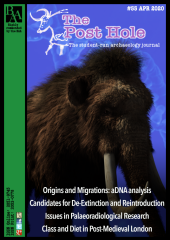

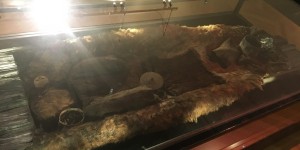
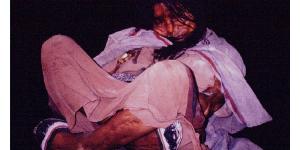
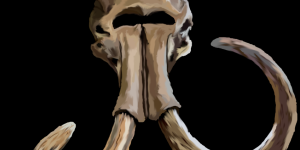
![Figure 1: Map of cemeteries studied in this essay. Porter, C, "Map of Cemeteries Used" [JPG map], Scale 1:100000, GB Overview [ geospatial data], Updated: 2019, Ordnance Survey (GB), Using: EDINA Digimap Ordnance Survey Service, <http://digimap.edina.ac.uk/>, Created: October 2019.](https://www.theposthole.org/sites/theposthole.org/files/styles/article_thumb/public/articles/454/fig%202.png?itok=cGHEw2KW)
